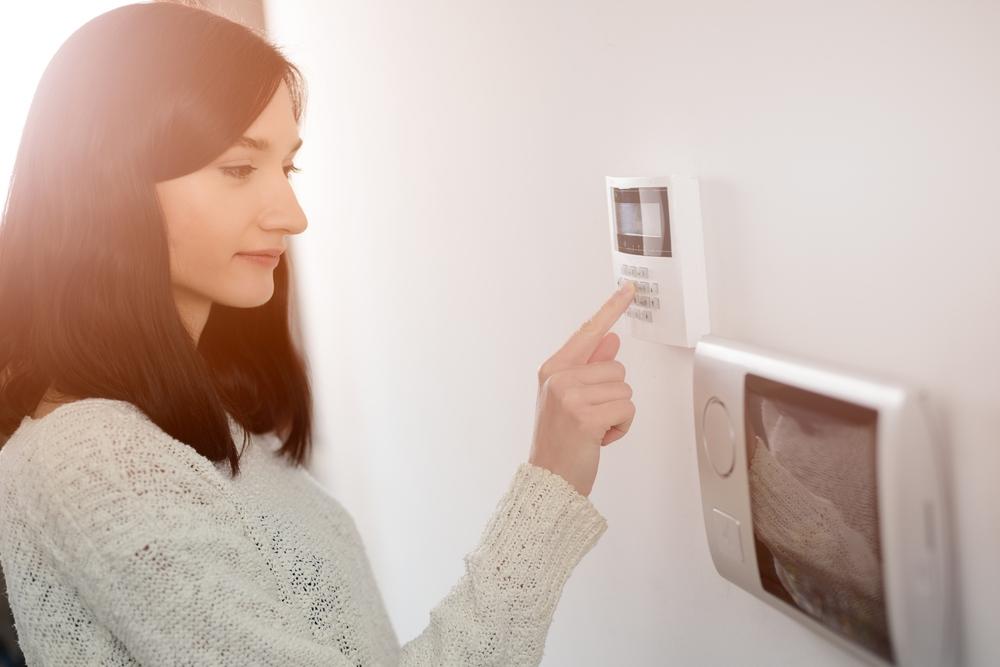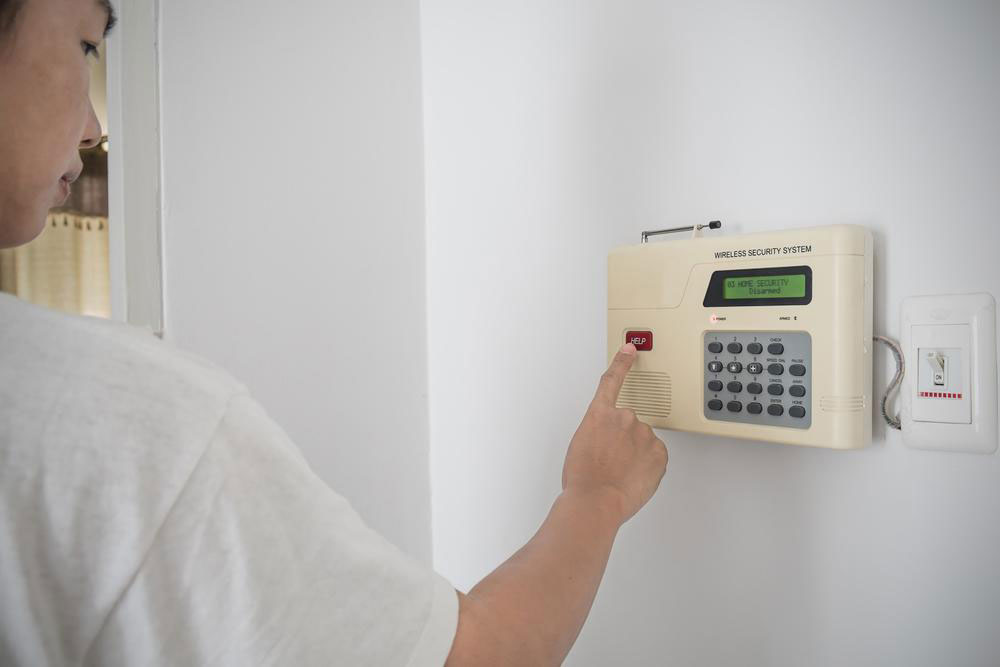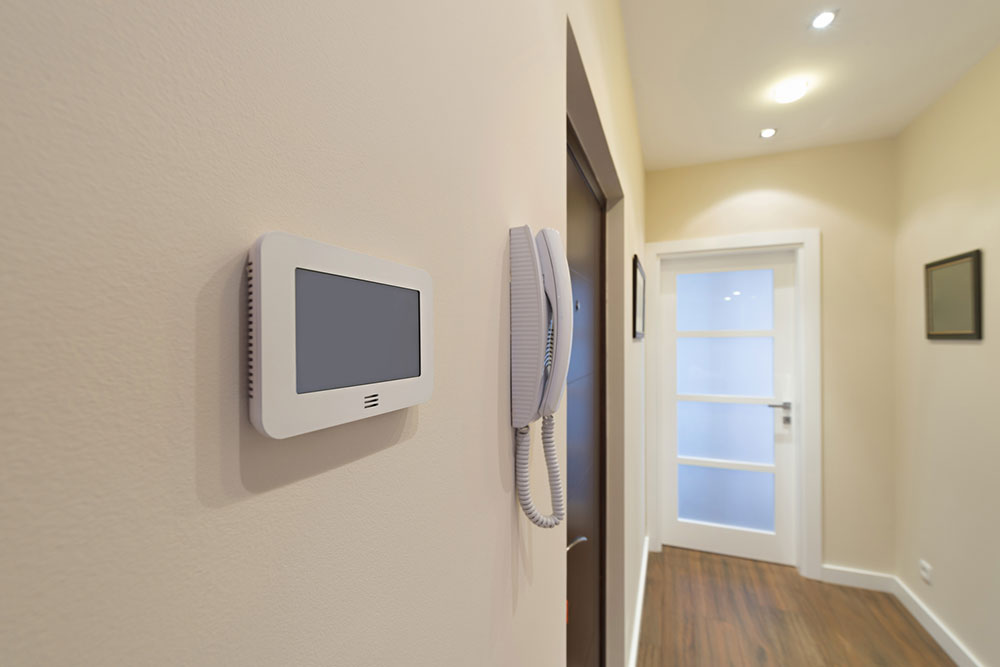Innovative Control Systems Powered by Cutting-Edge Devices for Smart Homes
Discover the latest in smart home control systems, featuring hubs, software platforms, and voice assistants like Alexa, Google Assistant, and Apple HomeKit. Learn how to choose and integrate devices for seamless automation, security, and entertainment management. This comprehensive overview helps homeowners understand options to build a smarter, more connected living environment tailored to their needs and budgets.

Advanced Control Technologies and Devices in Modern Smart Home Solutions
Control technologies and devices implemented in contemporary smart home systems
Enhanced smart home setups incorporate various modules that can be managed via central platforms like smart hubs or voice assistants such as Amazon Alexa or Google Assistant. There is a wide range of control options, allowing users to select systems that are simple to operate and integrate seamlessly.
Central control units for smart homes
Many smart home components—including lighting, security, climate, and more—often have dedicated control hubs. These can be managed through dedicated apps or remote controls. Alternatively, starting with a single hub enables expansion by adding compatible modules that connect and communicate through it.
These hubs serve as centralized control points for all connected smart devices.
What are hubs?
Hubs act as command centers that coordinate smart home gadgets.
When compatible devices are connected to a hub, they work together to form an integrated smart environment.
Popular smart home control hubs
Leading options include Wink Hub, Samsung SmartThings, and Logitech Harmony Hub.
These support multiple communication protocols such as ZigBee, Z-Wave, Bluetooth LE, and Wi-Fi, facilitating device interoperability.
Details on Wink, Harmony Hub, and Samsung SmartThings
Wink Hub: Connects compatible devices—like smart TVs, lighting, and security systems—and allows control via iOS or Android apps. It supports Zigbee, Z-Wave, Wi-Fi, Bluetooth, and Lutron protocols, and integrates with Alexa for voice commands.
Harmony Hub: From Logitech, it primarily manages entertainment devices like smart TVs, Blu-ray players, and cable boxes, and is controlled through smartphone apps.
Samsung SmartThings: Supports various devices including security, climate, and lighting systems, offering centralized management accessible on smartphones or computers. It supports ZigBee, Z-Wave, and IP protocols, and can interact with Alexa.
Are there alternative control methods?
Besides hardware hubs, other solutions facilitate central management of smart home devices. Read on for details.
Apple’s smart home platform
Apple’s HomeKit is a software framework for iOS 10 and later that enables compatibility with many smart devices.
After setup, users can control compatible gadgets via secure Apple apps on iPhone, iPad, or HomePod.
Google’s automation system
Google Home connects devices like lighting, thermostats, and entertainment units.
Control is possible through the Google Home app or by voice using Google Assistant.
Google Assistant also offers information retrieval and other voice-activated services.
Amazon’s smart home integration
Amazon Echo devices and Alexa are among the most recognized smart home solutions.
Set up Alexa to communicate with your Echo and other compatible gadgets, enabling voice control over music, lighting, locks, cameras, and appliances.
Many manufacturers develop Alexa skills, ensuring broad device compatibility and integration.
Ask Alexa to locate, connect, and manage your smart devices, making automation effortless.
Whether utilizing hubs or software-based platforms like Apple HomeKit, Google Home, or Amazon Alexa, smart home control is advancing rapidly. These systems offer diverse options based on price and features, letting you tailor your setup to your needs and budget.










